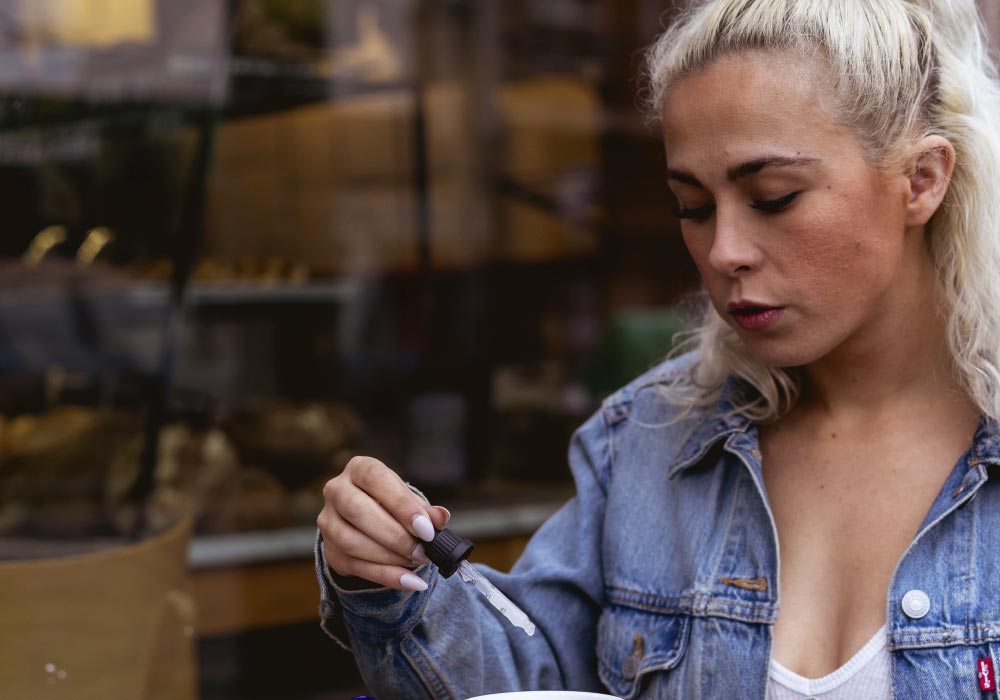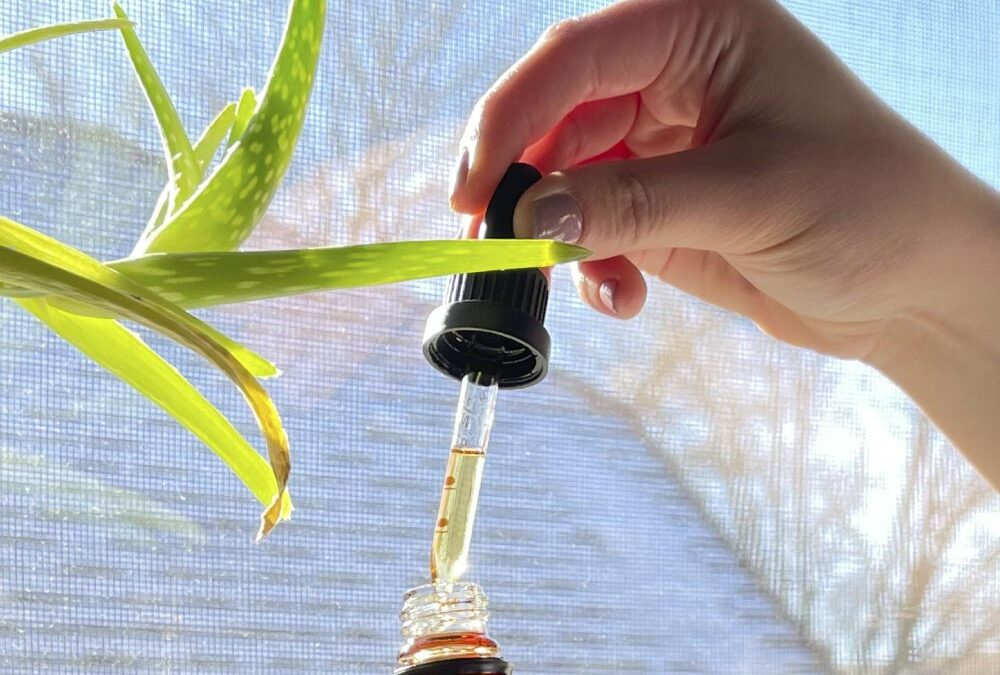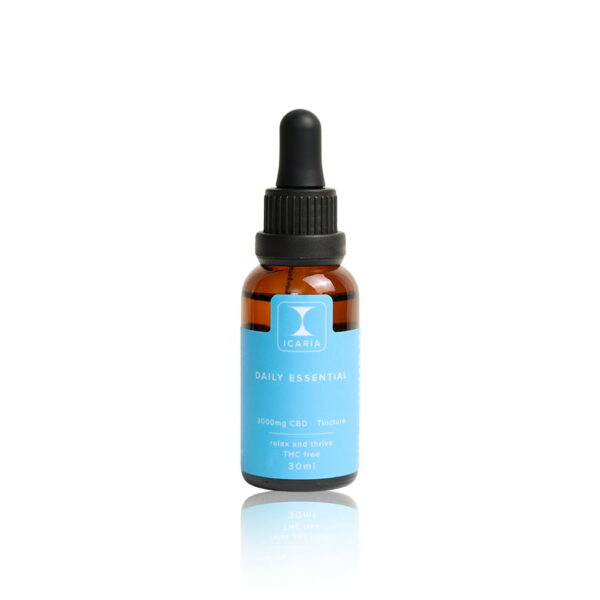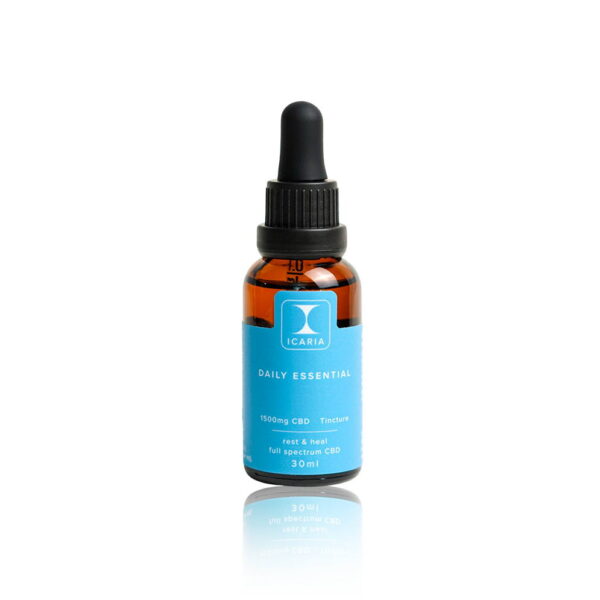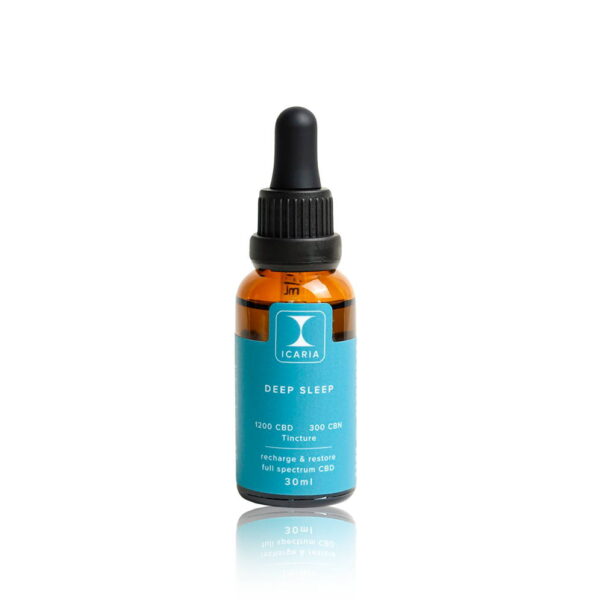In the ever-expanding world of wellness, cannabidiol, or CBD, has emerged as a popular and versatile option for those seeking natural remedies for a variety of conditions. From anxiety to chronic pain, skincare to pet care, CBD is being heralded as a potential game-changer. However, with its increasing popularity comes a slew of questions and misconceptions. How do you incorporate CBD into your daily routine effectively? What are the pitfalls to avoid?
In this guide, we will delve into the do’s and don’ts of CBD usage, providing you with essential tips to ensure you’re getting the most out of this powerful compound. Whether you’re a seasoned CBD user or just beginning to explore its benefits, these insights will help you navigate your CBD journey with confidence and clarity.
DO Take CBD with Coffee or Tea
One of the most enjoyable ways to integrate CBD into your daily routine is by adding it to your morning coffee or tea. This simple practice can enhance your daily ritual, offering a calm start to your day or a peaceful wind-down in the evening.
Why It Works
CBD, when taken with coffee or tea, can have a synergistic effect. Caffeine is a well-known stimulant, often associated with increased alertness and sometimes, jitters. For some, the stimulating effects of caffeine can be overwhelming, leading to anxiety or restlessness. CBD, on the other hand, has calming properties that can counteract these effects, creating a balanced experience. By adding CBD to your coffee or tea, you may enjoy the alertness that caffeine provides, without the accompanying jitteriness.
How to Do It
To incorporate CBD into your coffee or tea, simply add a few drops of CBD tincture to your cup after brewing. Stir well to ensure it is evenly distributed. You can also find CBD-infused coffee beans or tea leaves if you prefer a more seamless approach. Just be mindful of the dosage – starting low and going slow is the best practice when determining how much CBD you should take.
Best Practices
- Start with a small dose: If you’re new to CBD, start with a small amount, such as 5-10 mg, and gradually increase as needed.
- Choose high-quality CBD: Ensure that the CBD product you’re using is high-quality, preferably full-spectrum or broad-spectrum, to get the most benefits.
- Be consistent: Make this a daily habit to allow your body to adapt and benefit from the regular intake of CBD.
DON’T Heat Your CBD
While it might seem convenient to add CBD to your cooking or baking recipes, you need to be cautious about exposing it to high temperatures. Heating CBD can degrade its effectiveness, leading to a less potent product.
Why It’s a Problem
CBD is a delicate compound that can break down when exposed to heat. When you cook with CBD, especially at high temperatures, you risk diminishing its potency, meaning you won’t experience the full range of benefits it offers. High heat can cause the CBD to lose its effectiveness, essentially wasting the product and reducing the impact it has on your body.
Alternatives to Heating
Instead of cooking or baking with CBD, consider adding it to your meals after they’ve been prepared. For instance, you can drizzle CBD oil over your salad, mix it into your smoothie, or stir it into your pasta sauce after it’s been removed from the heat. This way, you’re ensuring that the CBD retains its potency and delivers the desired effects.
Best Practices
- Avoid high-heat recipes: If you’re planning to use CBD in the kitchen, stick to no-cook recipes or add it after cooking.
- Store CBD properly: Keep your CBD products in a cool, dark place to maintain their potency over time.
- Experiment with cold dishes: Salads, smoothies, and no-bake desserts are excellent options for incorporating CBD without heat.
DO Use CBD on Your Skin
CBD isn’t just for ingestion; it can also work wonders when applied topically. From soothing inflamed skin to reducing the appearance of fine lines and wrinkles, CBD-infused skincare products are becoming increasingly popular.
Benefits of Topical CBD
When applied directly to the skin, CBD can target specific areas, offering localized relief from pain, inflammation, and skin conditions like eczema or psoriasis. It interacts with the body’s endocannabinoid system, which plays a crucial role in regulating skin health. This makes CBD an excellent addition to your skincare routine, especially if you’re dealing with issues like acne, dryness, or irritation.
How to Use It
Topical CBD can be found in various forms, including creams, balms, oils, and serums. To use, simply apply the product to the affected area and massage it in gently. For best results, look for products that combine CBD with other beneficial ingredients, such as hyaluronic acid, vitamin C, or aloe vera.
Best Practices
- Patch test first: Before applying CBD to a large area of your skin, do a patch test to ensure you don’t have an adverse reaction.
- Use as directed: Follow the product’s instructions for use, and be consistent in your application to see the best results.
- Combine with other treatments: For chronic skin issues, consider using CBD in conjunction with other treatments, as part of a comprehensive skincare routine.
DON’T Travel Internationally with CBD
As CBD continues to gain popularity, it’s natural to want to take your products with you when you travel. However, doing so can lead to complications, especially when crossing international borders.
Legal Considerations
While CBD is legal in many parts of the world, the laws governing its use vary significantly from country to country. In some places, CBD is strictly prohibited, even if it contains no THC (the psychoactive compound found in cannabis). Travelling internationally with CBD can therefore result in legal issues, including confiscation of your product, fines, or even arrest.
What to Do Instead
Before you travel, research the CBD laws in your destination country. If you’re unsure or if CBD is illegal in your destination, it’s best to leave your products at home. Consider looking for local alternatives or relying on non-CBD wellness practices during your trip.
Best Practices
- Check local laws: Always verify the legality of CBD in your destination country before travelling.
- Travel with documentation: If you must bring CBD, carry documentation such as a doctor’s note or proof of purchase.
- Consider alternatives: Use other wellness methods, such as meditation, herbal teas, or relaxation techniques, while you’re away.
DO Give CBD to Your Pets
CBD isn’t just beneficial for humans; it can also be a safe and effective supplement for your pets. From reducing anxiety in dogs to managing arthritis in cats, CBD is being embraced as a natural remedy for various pet health issues.
Benefits for Pets
CBD can help pets in many of the same ways it helps humans. It can alleviate anxiety, especially in situations like thunderstorms, fireworks, or separation anxiety. Additionally, it has been shown to reduce pain and inflammation, making it useful for pets with arthritis or other chronic conditions. Some pet owners also use CBD to improve their pet’s appetite, particularly when dealing with illnesses or side effects from medications.
How to Administer CBD to Pets
When giving CBD to your pet, it’s crucial to use products specifically formulated for animals. These products are designed with pet-friendly flavours and appropriate dosages. Start with a small dose and observe your pet’s response, adjusting the amount as needed. CBD can be administered directly into your pet’s mouth, mixed into their food, or given as a treat.
Best Practices
- Use pet-specific products: Always choose CBD products designed for pets to ensure safety and proper dosing.
- Consult your vet: Before starting your pet on CBD, consult with your veterinarian to ensure it’s the right choice.
- Monitor your pet: Keep a close eye on your pet’s behaviour and adjust the dosage as necessary to achieve the desired effects.
DON’T Take CBD While Pregnant
Pregnancy is a delicate time, and while CBD offers many benefits, it’s not recommended for use during this period. The effects of CBD on pregnant women and developing fetuses are not well understood, and there are potential risks involved.
Potential Risks
Research on the use of CBD during pregnancy is limited, and the studies that do exist suggest caution. CBD can cross the placental barrier, which means it could potentially affect the developing fetus. There is also a concern that CBD could interact with other medications or conditions, leading to unforeseen complications. Until more is known about the safety of CBD during pregnancy, it’s best to err on the side of caution and avoid its use.
Alternatives for Pregnant Women
If you’re dealing with pregnancy-related issues such as nausea, anxiety, or insomnia, consider alternative remedies that are known to be safe during pregnancy. Herbal teas, prenatal yoga, and meditation can all provide relief without the potential risks associated with CBD.
Best Practices
- Consult your healthcare provider: Always discuss any supplements or medications with your healthcare provider during pregnancy.
- Avoid CBD: Refrain from using CBD during pregnancy to minimize any potential risks to you and your baby.
- Explore safe alternatives: Look for pregnancy-safe options to manage symptoms naturally and safely.
Conclusion
CBD offers a wealth of potential benefits, from enhancing your morning routine to providing targeted relief for pain and anxiety. However, understanding the do’s and don’ts of CBD is crucial for maximizing its effects and ensuring your safety. By taking CBD with your coffee or tea, using it topically, and considering its use for your pets, you can integrate this powerful compound into your wellness routine effectively. At the same time, avoid common pitfalls like heating your CBD, travelling internationally with it, or using it during pregnancy.
As with any supplement, it’s essential to listen to your body and consult with a healthcare provider when in doubt. Armed with these tips, you can confidently navigate the world of CBD, reaping its benefits while avoiding potential risks. Remember, the key to a successful CBD experience lies in informed and mindful usage.
